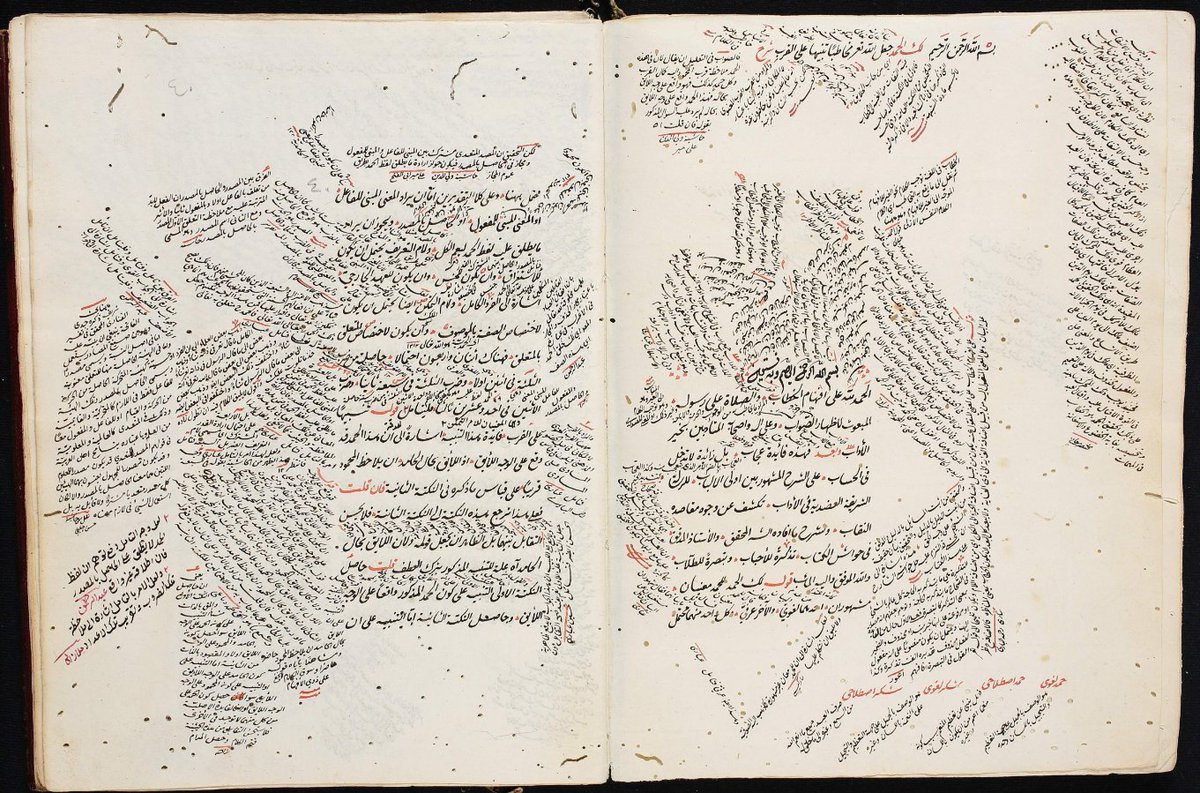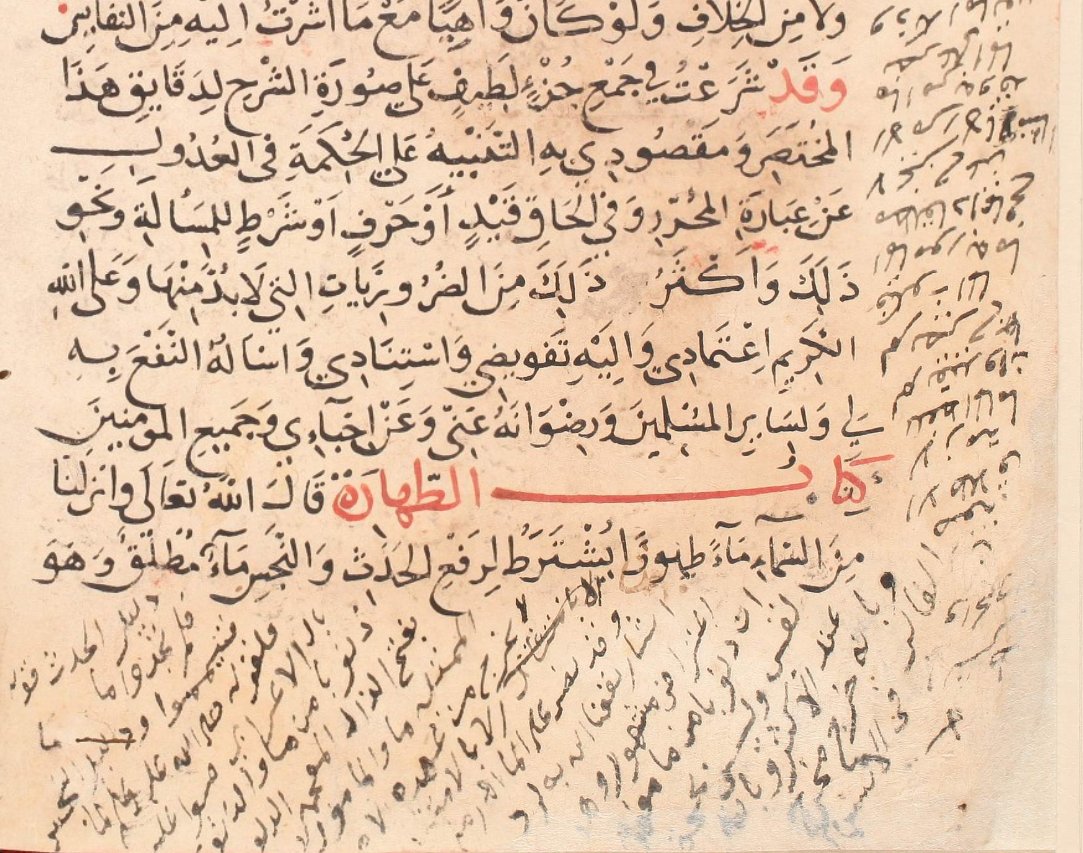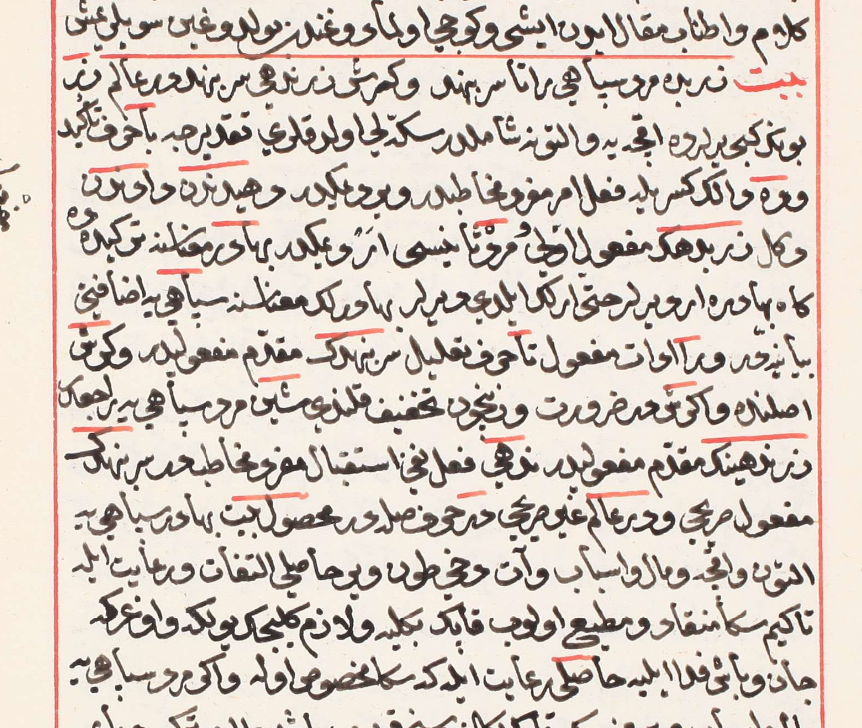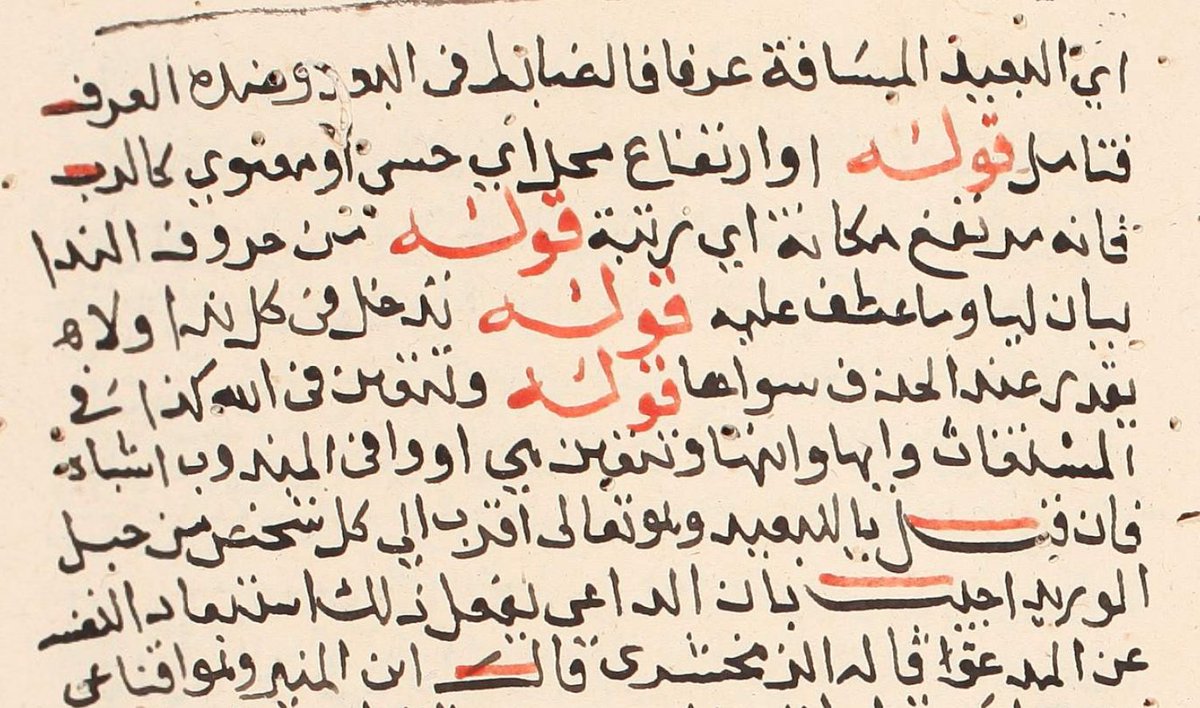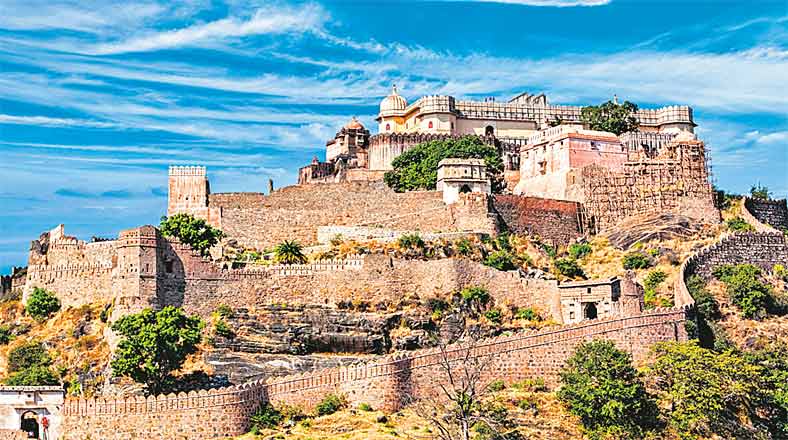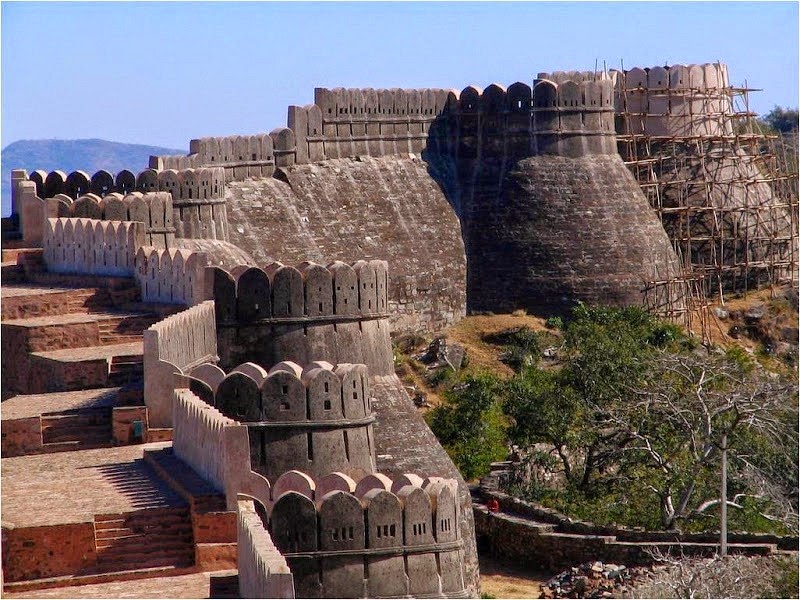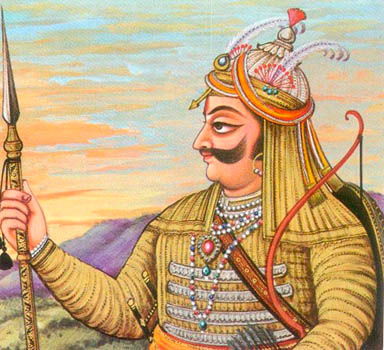
Hinduism is a minority religion in Punjab.
During the Khalistan movement, the minority Hindus and Jains were subjected to several attacks. Hindu and Jain temples were frequently vandalized and desecrated. This thread documents a few instances.
Thread

According to the regional Hindu tradition recorded in the "Survey of Amritsar", Amritsar got its name from Amrit immersed by Lava and Kusha in a pond.

It was used to house the Murtis of Vishnu and Durga which were thrown out from the Parikrama of Harmandir Sahib in 1905.
Because of its presence in Amritsar, it became a frequent target of radicals during the Khalistan movement.








Coins of ancient Yaudheyas dating back to 100 BC have been found at this ancient temple.
On November 21 1983, two bombs were thrown on this temple. A damaged section was later rebuilt by funds collected from devotees

On May 5, 1984 Jain temple in Amritsar was looted and desecrated.

On February 28 of the same year, another Jain temple was looted.

They bombed Hindu fairs like Shivaratri & Ramnavami where Hindus gathered in large numbers to ensure maximum Hindu kiIIings.
Shivala temple of Amritsar was bombed on Shivaratri

More from Bharadwaj
Indians had Algebra BEFORE Mμslim prophet & religion was even born.
Here is Bakhshali Manuscript dating back to 3rd century CE. It is an Algebraic treatise. Have you anything like this from the Arabian desert? No, you simply plagiarized Algebra from Indians! https://t.co/cWXRNYMgDt

Muslims gave the world Algebra, so here's a "halal" way to say Merry Christmas to our Christian friends :)#MerryChristmas2020 pic.twitter.com/aLXEw2K2I1
— Qasim Rashid, Esq. (@QasimRashid) December 25, 2020
The Bakhshali manuscript, which has been carbon dated to 3rd century CE, is an ancient Hindu treatise on Arithmetic and Algebra.
The Algebraic problems deal with simultaneous equations, quadratic equations, arithmetic
geometric progressions & quadratic indeterminate equations.

Bakhshali isn't earliest Indian Algebraic treatise. Early Algebra is found in Shulba Sutras dating back to at least 800 BC. Traditional Algebra reached its pinnacle in the works of Aryabhata & Bhaskara.
What makes Bakhshali special is it offers mathematical proof to its theories

It is surprising to see that even after the ancient Indian algebraic treatise has been carbon dated to 3rd century CE by Oxford, they persist with "oh we invented Algebra. It is Halal".
A brief examination of the origins of "Halal Algebra" follows
https://t.co/eFIZ98FDrI

The earliest work of "Arabic Algebra" is the "Al-Kitāb Al-Jabr wal-muqābala" by Al Khwarizmi. The term "Algebra" comes from this book ("Al Jabr").
Before writing his treatise, Al Khwarizmi visited India. His book is a plagiarism from Indian Mathematics and an obvious one at that
While this might look very trivial at the outset, this is a very major cultural appropriation.
This threads explains the Golden ratio, its history and its modern appropriation
[Thread]
Golden Ratio, Bedrock of Swiss Design, May Have First Emerged in Africa @audreygbennett writeshttps://t.co/bznfZedbFf via @thewire_in
— Siddharth (@svaradarajan) March 17, 2021
What is Golden ratio?
In mathematics, two quantities are in the golden ratio if their ratio is the same as the ratio of their sum to the larger of the two quantities.
If two numbers be designated by a and b (a>b>0), then they are aid to be in Golden ratio if a/b=(a+b)/a
Thus, Golden Ratio is solution to quadratic x2-x-1=0(assuming a to be x and b to be 1 in the same ratio).
This approximates to 1.618033.
Since in a Fibonacci series every number(except first & second) is sum of the previous two, golden ratio approximates ratio of larger/smaller
How is Golden ratio important?
Golden nature is everywhere in the nature. Infact, Golden ratio is called Divine proportion.
According to latest research, universe is governed by Golden ratio.
Universe has a golden ratio that keeps everything in order.
https://t.co/pHqMipG69w

Infact, the Golden ratio of Fibonacci series can be seen everywhere around us in the universe.
The petals of a flower and seed heads follow a Fibonacci series where each consecutive cycle is in golden ratio with the previous one

This thread is about the history of the mutual interaction and relation between two of the oldest extent civilizations of the world.
We will also look at how appeasement politics alienated our ally and affected our own international position
The earliest trade contact between Hebrews and Hindus could have dated back to the era of David and Solomon.
"The king had trading ships at sea along with ships of Hiram. Every three years it returned, carrying gold, silver and ivory, and apes and baboons"
Bible( Kings 10.22)

According to the Old Testament, Ophir was the name of the place famous for its wealth. Solomon traded gold, silver, sandalwood, pearls, ivory, apes, and peacocks
Modern scholars have identified Ophir with Abhira kingdom of western India
https://t.co/5En1aZrViM

But the first large scale migration of Jewish refugees to India was after Roman destruction of Jerusalem.
Indian Jewish tradition says first wave of Jewish refugees landed on Kerala coast at Kodungallur in 70 CE.
Painting from Paradesi Synagogue(Mattanchery) depicts the scene

The Hindu Maharaja of Kodungallur cordially received the Jewish refugees.
He granted them land, freedom of life & freedom to practice religion.
Painting from Paradesi Synagogue depicts the king welcoming Jewish refugees.
The king is with full entourage bearing colored parasols

More from Religion
You May Also Like
Like company moats, your personal moat should be a competitive advantage that is not only durable—it should also compound over time.
Characteristics of a personal moat below:
I'm increasingly interested in the idea of "personal moats" in the context of careers.
— Erik Torenberg (@eriktorenberg) November 22, 2018
Moats should be:
- Hard to learn and hard to do (but perhaps easier for you)
- Skills that are rare and valuable
- Legible
- Compounding over time
- Unique to your own talents & interests https://t.co/bB3k1YcH5b
2/ Like a company moat, you want to build career capital while you sleep.
As Andrew Chen noted:
People talk about \u201cpassive income\u201d a lot but not about \u201cpassive social capital\u201d or \u201cpassive networking\u201d or \u201cpassive knowledge gaining\u201d but that\u2019s what you can architect if you have a thing and it grows over time without intensive constant effort to sustain it
— Andrew Chen (@andrewchen) November 22, 2018
3/ You don’t want to build a competitive advantage that is fleeting or that will get commoditized
Things that might get commoditized over time (some longer than
Things that look like moats but likely aren\u2019t or may fade:
— Erik Torenberg (@eriktorenberg) November 22, 2018
- Proprietary networks
- Being something other than one of the best at any tournament style-game
- Many "awards"
- Twitter followers or general reach without "respect"
- Anything that depends on information asymmetry https://t.co/abjxesVIh9
4/ Before the arrival of recorded music, what used to be scarce was the actual music itself — required an in-person artist.
After recorded music, the music itself became abundant and what became scarce was curation, distribution, and self space.
5/ Similarly, in careers, what used to be (more) scarce were things like ideas, money, and exclusive relationships.
In the internet economy, what has become scarce are things like specific knowledge, rare & valuable skills, and great reputations.













